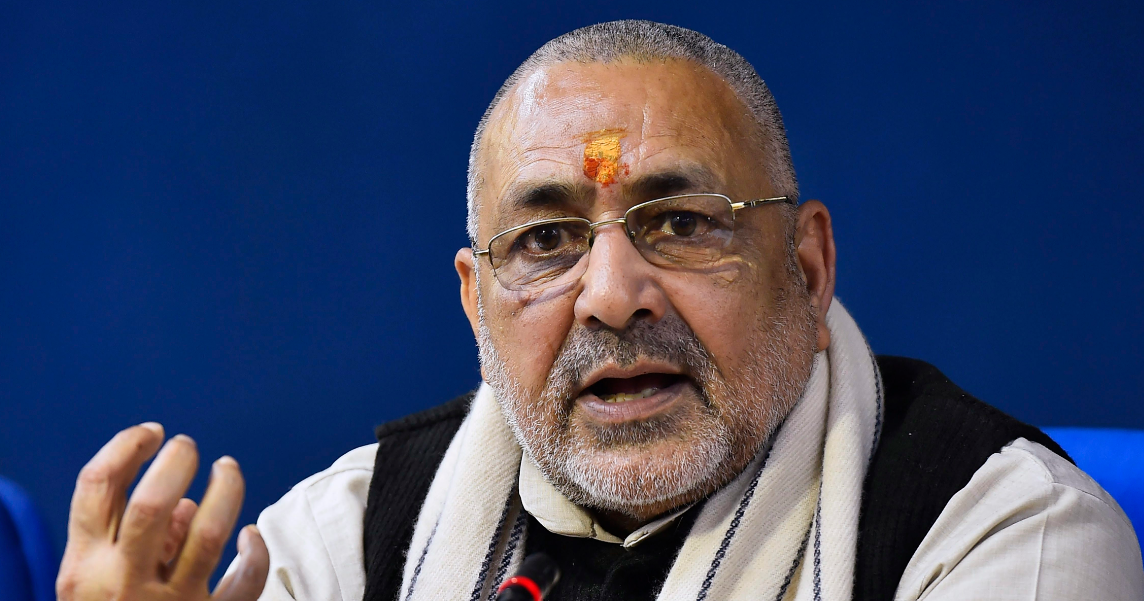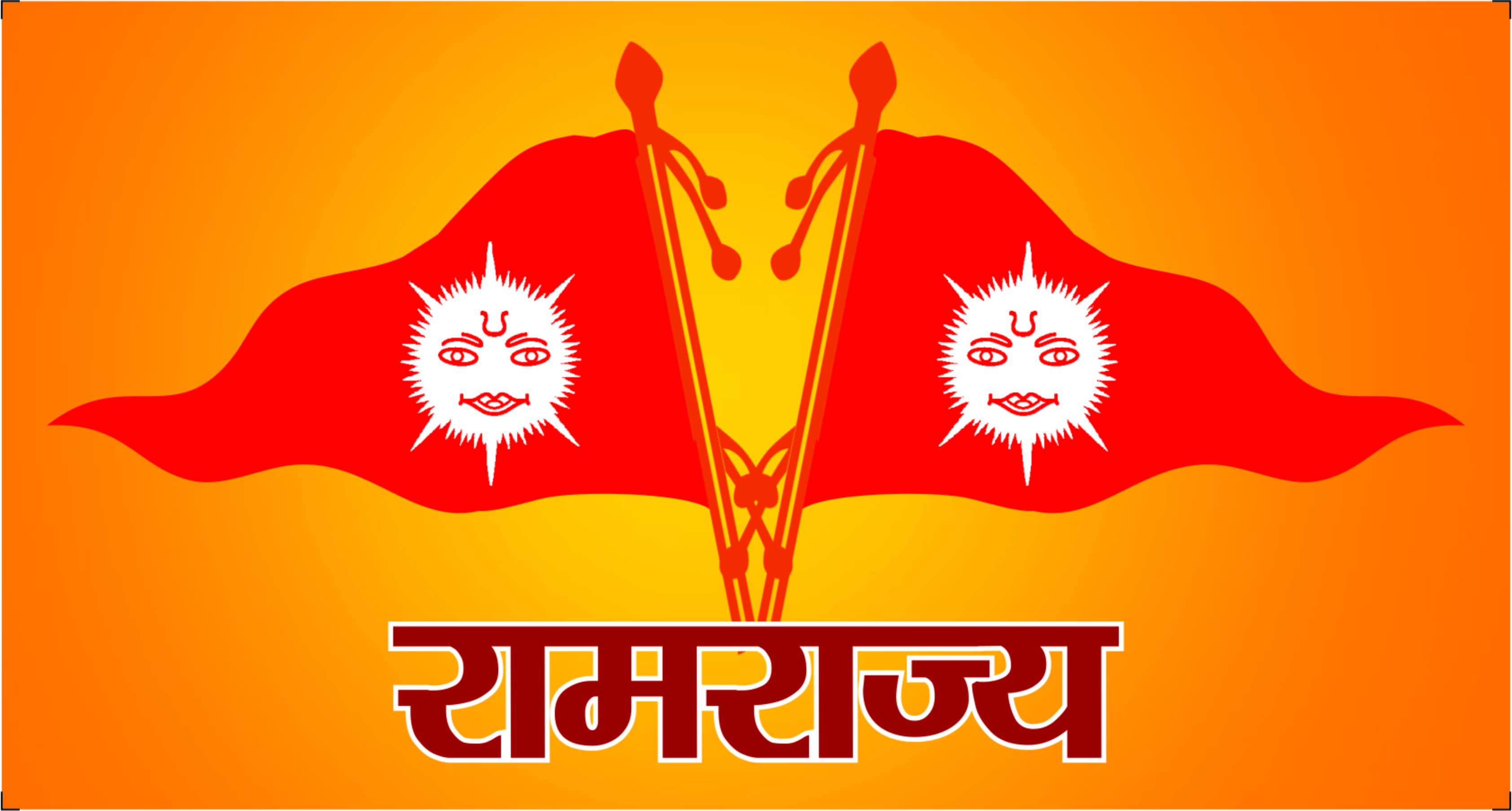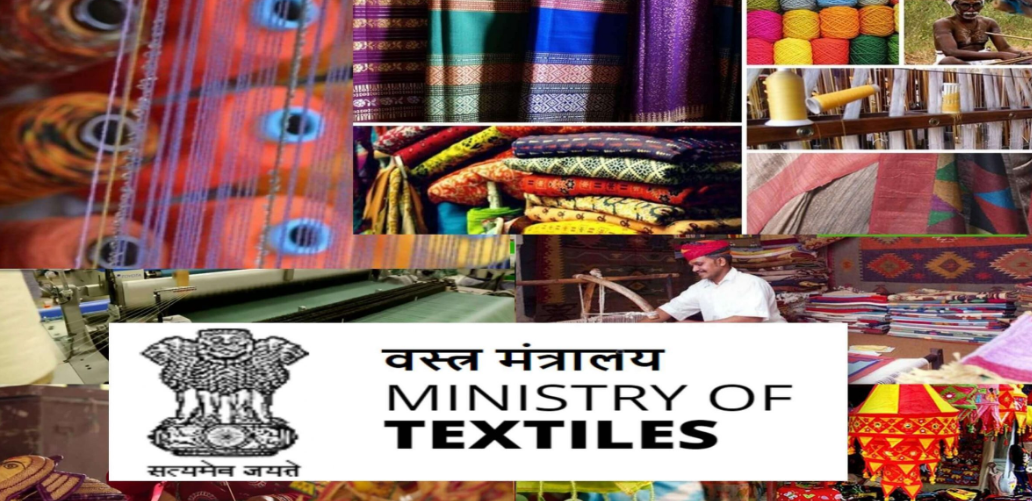Union Minister of Textiles, Shri Giriraj Singh, attended the celebration of World Cotton Day 2024 today. The Ministry of Textiles, in collaboration with the Confederation of Indian Textile Industries (CITI) and the Cotton Corporation of India, hosted a conference centered around the theme “Megatrends Shaping Cotton Textile Value Chain.
In his address, the Textiles Minister emphasized the government’s commitment to achieving a target of USD 350 billion by 2030, including an export goal of USD 100 billion. He stressed that this ambition could only be realized if all stakeholders in the cotton value chain collaborated effectively. He also highlighted the importance of adopting best farming practices, such as high-density planting and drip fertigation, which could increase yields to 1,500 kg per hectare, compared to the current national average of approximately 450 kg. He called for widespread adoption of these practices to encourage other farmers to improve their yields.

Shah also raised concerns about weed management in cotton farming, which raises labor costs for farmers. He pointed out that cotton is predominantly grown in black soil, complicating timely weed management during wet conditions. He urged the adoption of new seed varieties and encouraged stakeholders to seriously consider global advancements, such as HT BT technology, to address this issue.
Smt. Rachna Shah, Textiles Secretary, spoke about the cotton economy’s significance, noting that it supports the livelihoods of six million cotton farmers and provides employment to an additional 45 million people in related sectors. She pointed out that cotton accounts for about 60% of the total fiber produced in India, compared to 23% globally. She urged stakeholders to focus on increasing cotton productivity, as India currently ranks 35th in yield. She called for a collaborative approach to tackle this productivity challenge within the cotton value chain.
Smt. Shubha Thakur, Additional Secretary, Ministry of Agriculture and Farmers’ Welfare, reaffirmed the government’s commitment to working closely with the Ministry of Textiles to improve farming practices and enhance farmers’ livelihoods.
Smt. Prajakta Verma, Joint Secretary of the Ministry of Textiles, delivered the keynote address, emphasizing the importance of sustainability. She noted that the ministry is promoting a collaborative approach through the Textile Advisory Group (TAG) to address the challenges faced by the textile industry. She also highlighted inter-ministerial efforts to launch a holistic plan aimed at increasing cotton production and yield to boost farmers’ incomes.
The Union Minister and other dignitaries visited exhibitor stalls showcasing Kasturi cotton products, recycled textiles, and handloom products.
The one-day conference in honor of World Cotton Day 2024 focused on best practices and sustainable farming methods, traceability, and ESG data points connecting farms to fashion. It featured brainstorming sessions on critical topics such as enhancing sustainability and traceability, decent work in the cotton supply chain, evolving trends in cotton farming, and cotton trading and risk management for improved quality and productivity.
During the inaugural session, Shri Rohit Kansal, Additional Secretary of the Ministry of Textiles, stated that the country aims to create a textile ecosystem worth USD 350 billion by 2030, up from the current USD 176 billion. He urged stakeholders in the cotton textile value chain to recognize the challenges posed by competing fibers and emphasized that sustainability is essential for the cotton textile sector.
Shri Lalit Kumar Gupta, CMD of the Cotton Corporation of India, highlighted the organization’s role in empowering cotton farmers through technology and providing alternative market channels for their produce.
Shri Rakesh Mehra, Chairman of CITI, emphasized the importance of cotton as one of the oldest fibers in the textile industry, which drives economic growth and employment while supporting farmers and empowering women. He called for increased cotton production and productivity to ensure the industry receives raw materials at competitive prices.




